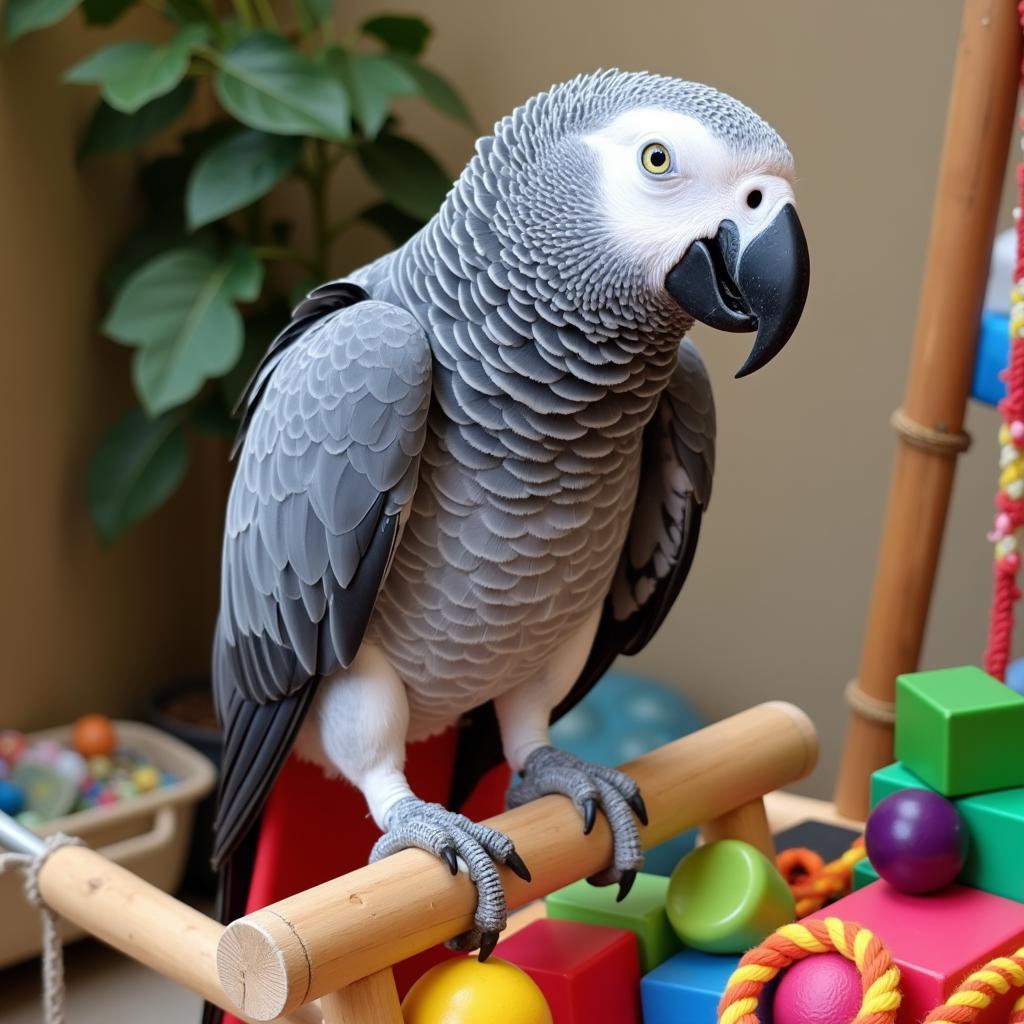Unraveling the Mysteries of the African Anteater
The African Anteater, also known as the pangolin, is a truly unique and fascinating creature. Often mistaken for reptiles, these mammals are covered in scales and play a vital role in the African ecosystem. This article will delve into the intriguing world of the African anteater, exploring its unique characteristics, habitat, diet, and the challenges it faces in the wild.
See some amazing African anteater images.
The Scaly Wonder: Understanding the African Anteater’s Physical Characteristics
African anteaters are easily recognizable due to their distinctive scales, made of keratin, the same material as human fingernails. These scales provide excellent protection against predators. Their long, sticky tongues, perfectly adapted for devouring ants and termites, can extend up to 40cm. Ranging in size from 30 to 100 cm, these solitary creatures are predominantly nocturnal.
The African Anteater’s Habitat: Where to Find these Elusive Creatures
African anteaters are found in a variety of habitats across sub-Saharan Africa, from savannas and grasslands to forests. They prefer areas with ample ant and termite populations, which form the core of their diet. They are excellent diggers and often create burrows for shelter and to raise their young. These burrows can be complex, reaching several meters in length.
What Does the African Anteater Eat? A Look at its Specialized Diet
As their name suggests, African anteaters primarily feed on ants and termites. Their powerful claws allow them to tear into ant hills and termite mounds, while their long, sticky tongues expertly lap up their prey. They can consume thousands of insects in a single night. Interestingly, they lack teeth and rely on strong stomach muscles to grind up the insects they ingest. Learn more about this fascinating creature, the African ant bear.
Threats to the African Anteater: Conservation Concerns
Sadly, African anteaters are among the most trafficked mammals in the world. Their scales are highly valued in some cultures for their perceived medicinal properties, and their meat is considered a delicacy in some regions. Habitat loss due to deforestation and agriculture also poses a significant threat. Conservation efforts are crucial to protect these incredible animals and ensure their survival for future generations. Find out more about other African forest animals.
Conclusion: Protecting the Future of the African Anteater
The African anteater is a truly remarkable animal, playing a crucial role in its ecosystem. Its unique adaptations and specialized diet make it a fascinating subject of study. However, it faces significant challenges due to human activities. We must work together to protect this vulnerable species and ensure that future generations can marvel at the wonders of the African anteater.
FAQ
- What is the other name for the African anteater? It’s also called a pangolin.
- What are African anteater scales made of? They’re made of keratin.
- What do African anteaters eat? They eat ants and termites.
- Why are African anteaters endangered? Poaching and habitat loss are the main threats.
- Where do African anteaters live? They live in sub-Saharan Africa.
- Are African anteaters nocturnal? Yes, they are mainly active at night.
- How long is an African anteater’s tongue? It can be up to 40cm long.
Common Scenarios and Questions
Scenario: You see an animal that looks like a scaly anteater while on safari.
Question: Is this an African anteater?
Answer: It likely is! Remember to take photos and admire it from a safe distance.
Further Exploration
Check out our article on the African anteater dance for a glimpse into their unique behaviors.
Need help? Contact us 24/7:
Phone: +255768904061
Email: [email protected]
Address: Mbarali DC Mawindi, Kangaga, Tanzania.
